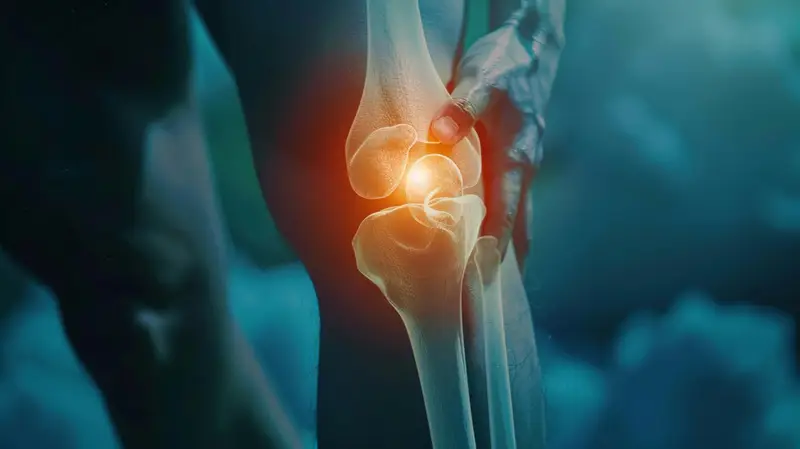- Published on: Feb 24, 2023
- 2 minute read
- By: SECONDMEDIC EXPERT
The Ultimate Guide To Sports Injury Prevention And Recovery
Welcome to SecondMedic Health, your go-to source for information on sports injuries and recovery! Whether you're a seasoned athlete or just starting out, our team of experts is here to provide you with the latest research and advice on how to prevent and recover from common sports injuries.
From sprained ankles to torn ligaments, sports injuries can be both painful and frustrating. But with the right treatment and rehabilitation, you can get back on the field or court and continue pursuing your athletic goals.
Here are some of the key topics we'll cover in our blog:
1. Common sports injuries: We'll discuss the most common types of sports injuries, including strains, sprains, fractures, and concussions. We'll also provide tips on how to prevent these injuries from occurring in the first place.
2. Treatment options: Depending on the type and severity of your injury, there are a variety of treatment options available. We'll cover everything from RICE (rest, ice, compression, elevation) therapy to surgery, and provide guidance on which options may be best for you.
3. Rehabilitation: Recovering from a sports injury takes time and effort. We'll discuss the importance of rehabilitation exercises and physical therapy, as well as how to safely return to sports and other physical activities.
4. Nutrition and recovery: Proper nutrition is key to both preventing and recovering from sports injuries. We'll provide advice on how to fuel your body with the nutrients it needs to support healing and recovery.
5. Injury prevention: The best way to recover from a sports injury is to avoid getting injured in the first place. We'll offer tips on how to prevent common sports injuries, including stretching, warming up properly, and wearing appropriate gear.
6. Types of sports: Different sports put different stresses on the body, which can increase the risk of certain types of injuries. We'll explore the most common injuries associated with different sports, such as ACL tears in soccer and basketball, and provide advice on how to prevent and treat these injuries.
7. Sports injury prevention programs: Many sports injury prevention programs have been developed to help reduce the risk of injuries in athletes. We'll take a closer look at some of these programs, such as FIFA 11+ and PEP (Prevent Injury and Enhance Performance), and discuss their effectiveness.
8. Rehabilitation techniques: There are many different techniques that can be used to help with the rehabilitation process, such as massage therapy, acupuncture, and electrical stimulation. We'll examine these techniques in more detail and provide information on which ones may be best suited to different types of injuries.
9. Psychological aspects of injury recovery: Suffering a sports injury can have a significant impact on an athlete's mental health and well-being. We'll explore the psychological aspects of injury recovery, such as coping with the stress and frustration of being sidelined, and provide advice on how to maintain a positive outlook.
10. Returning to play: Returning to sports after an injury can be both exciting and nerve-wracking. We'll provide guidance on when it's safe to return to play, how to gradually build up strength and endurance, and how to avoid reinjury.
Our team of experts includes sports medicine physicians, physical therapists, nutritionists, and other healthcare professionals who are dedicated to helping athletes of all ages and abilities stay healthy and active. We're committed to providing you with the most up-to-date information and advice on sports injuries and recovery, so that you can continue to pursue your athletic goals with confidence. Thanks for reading, and stay tuned for more informative articles from SecondMedic Health!









